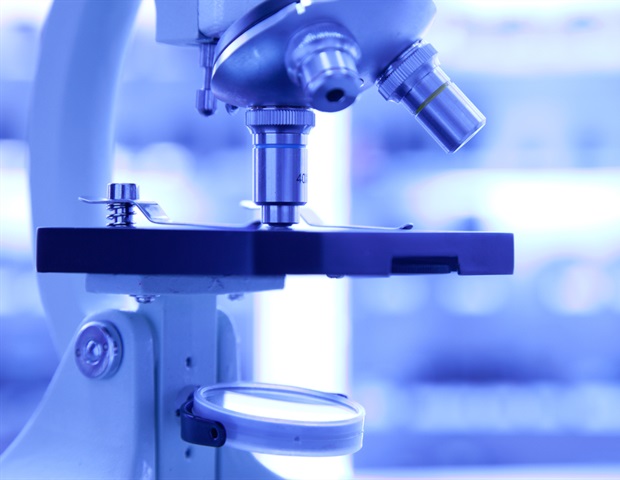Blood
Mount Sinai researchers identify the structure of a special red blood cell transporter
Researchers at the Icahn School of Medicine at Mount Sinai have identified the structure of a special transporter found in red blood cells and how it interacts with drugs. Details on the findings, which were reported in the September 7 issue of Nature Structural & Molecular Biology [DOI: 10.1038/s41594-023-01085-6], could lead to the development of more targeted medicines.
The research team, led by Daniel Wacker, PhD, Bin Zhang, PhD, and Avner Schlessinger, PhD, found that this transporter facilitates the movement of a substance called bicarbonate, which certain drugs can inhibit. They discovered how these drugs block the transporter and devised novel compounds capable of achieving the same effect.
Our findings provide a detailed understanding of how bicarbonate transporters work, and the newly identified tool compounds open doors to studying conditions involving red blood cells, including hemolytic anemias.”
Dr. Daniel Wacker, PhD, Corresponding Author and Assistant Professor of Pharmacological Sciences, Neuroscience, and Genetic and Genomic Sciences at Icahn Mount Sinai
Previously, human bicarbonate transporters were poorly understood, despite being involved in many aspects of human physiology, including regulating pH that involves keeping the level of acidity within a specific range.
Using cryo-electron microscopy, the team identified high-resolution structures revealing bicarbonate and inhibitor binding, and their impact on the transport mechanism. With these insights, the researchers used computer simulations to analyze millions of compounds that could interact with the substrate binding site.
Their experiments pinpointed a group of innovative chemical inhibitors specifically designed for anion exchanger 1, a protein that is crucial for maintaining the proper function of the blood and red blood cells.
“Our study also demonstrates the potential for developing new inhibitors with medical potential for other solute carrier (SLC) proteins, a protein family gaining importance in drug development,” says co-author Dr. Zhang, the Willard T.C Johnson Research Professor of Neurogenetics and Director of the Mount Sinai Center for Transformative Disease Modeling at Icahn Mount Sinai.
Next, the researchers plan to expand their studies to other SLC proteins involved in a variety of disorders including neurodegenerative diseases, psychiatric maladies, and cancer.
“This study effectively paves the way to using atomic-level insights toward the rapid development of promising drug-like molecules for SLC proteins,” says co-author Dr. Schlessinger, Associate Professor of Pharmacological Sciences and Associate Director of the Mount Sinai Center for Therapeutics Discovery at Icahn Mount Sinai.
The paper is titled “Substrate binding and inhibition of the anion exchanger 1 transporter.”
Additional co-authors, all with Icahn Mount Sinai except where indicated, are Michael J. Capper, PhD; Shifan Yang, PhD; Alexander C. Stone; Sezen Vatansever, MD, PhD (Amgen); Gregory Zilberg, PhD Candidate; Yamuna Kalyani Mathiharan, PhD; Raul Habib, (University of California, Berkeley);
Keino Hutchinson, PhD; Yihan Zhao, PhD Candidate; Mihaly Mezei, PhD; and Roman Osman, PhD.
The project was supported by National Institutes of Health grants R35GM133504, R01GM108911, U01AG046170, RF1AG057440, R01AG068030, R01DK073681, R01DK067555, R01DK061659, T32GM062754, T32DA053558, as well as a Sloan Research Fellowship in Neuroscience, an Edward Mallinckrodt, Jr. Foundation Grant, and a McKnight Foundation Scholars Award.
Mount Sinai Health System
Capper, M. J., et al. (2023). Substrate binding and inhibition of the anion exchanger 1 transporter. Nature Structural & Molecular Biology. doi.org/10.1038/s41594-023-01085-6.

